Top Essential Oil for Burns: Recommendations and Usage Tips
Curious about using essential oil for burns? You’re not alone. Many people turn to essential oils to alleviate pain and promote healing for minor burns. In this article, you’ll learn which essential oils are most effective for burns, how to use them safely, and tips for optimal results. Whether you’re dealing with a minor kitchen mishap or sunburn, we’ve got the information you need.
Most Important Takeaways Essential Oils for Burns:
Understanding Burns and Their Treatment

Burns are classified into three types based on their severity:
- First-degree burns affect only the outer layer of the skin. They usually heal within a few days and can benefit from essential oils for pain relief and healing. An example of a first-degree burn is a mild sunburn.
- Second-degree burns impact both the outer and underlying layers of the skin. They cause blistering, pain, and swelling, and may require professional medical treatment.
- Third-degree burns destroy deeper tissues and are characterized by discolored, leathery skin. They may not cause severe pain and require immediate medical attention. These burns are not suitable for treatment with essential oils.
Essential oils can be a great remedy for minor burns, offering a natural way to alleviate pain and promote healing. These oils are known for their anti-inflammatory, antimicrobial, and soothing properties, which can help reduce pain, prevent infections, and speed up the healing process. However, it is important to use them correctly and combine them with other treatments for optimal results. Essential oils should not be used as the sole treatment for severe burns but can be a valuable addition to a comprehensive burn care regimen.
Choosing the right essential oils and using them safely is key before applying them to burns. Proper dilution, correct application methods, and following safety precautions are necessary to avoid adverse reactions. Knowing the types of burns and how essential oils can aid in their treatment helps in managing minor burns and speeding up the healing process.
Essential Oils for Minor Burns
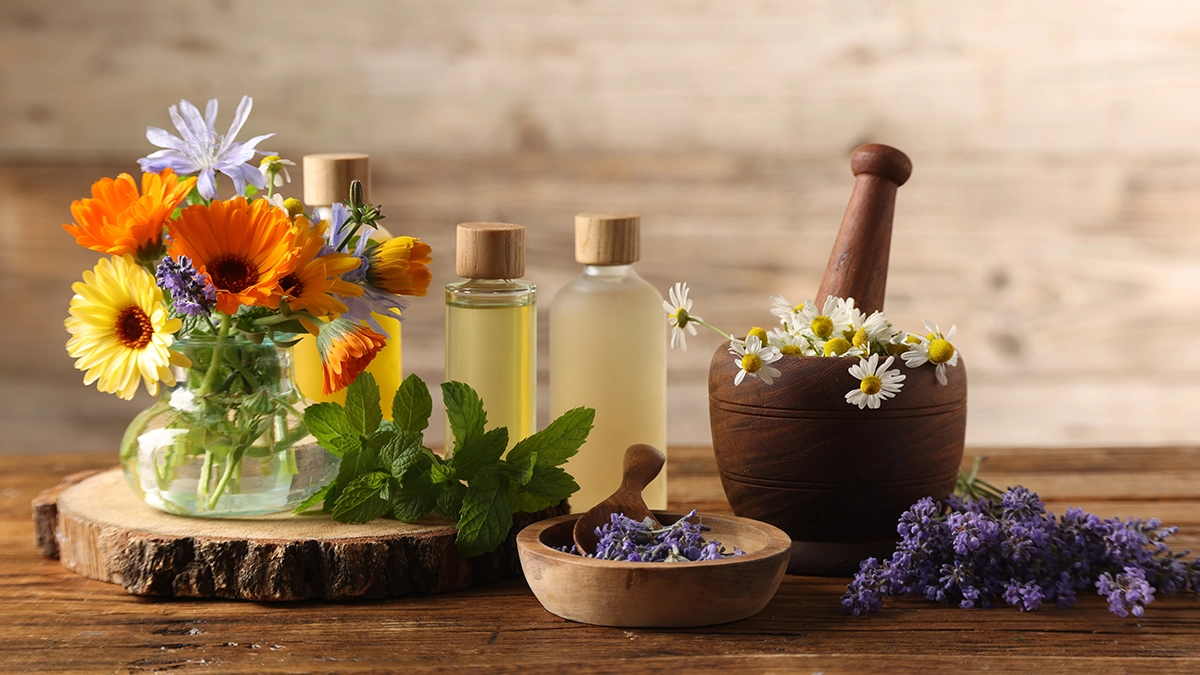
Essential oils offer significant relief for minor burns by easing irritation, reducing pain, preventing infections, and promoting healing. Historically valued for their healing properties, essential oils remain popular for natural burn treatment. Some of the best essential oils for minor burns include lavender, tea tree, chamomile, and peppermint oils.
Each essential oil has unique properties making them effective for treating burns. Lavender oil soothes, while peppermint oil relieves pain. Knowing these benefits and the proper usage of each oil can improve your burn care regimen and effectively treat minor burns.
Lavender Essential Oil
Lavender essential oil is renowned for its healing properties, making it one of the best essential oils for burns. It helps reduce inflammation, relieve pain, and exhibits antimicrobial characteristics, which are crucial for preventing infections in burn wounds. Lavender aspic essential oil, in particular, is effective for soothing burns and promoting rapid skin recovery. Its ability to speed up wound recovery makes it an excellent choice for treating minor burns.
Additionally, lavender essential oil promotes collagen synthesis, facilitating the growth of new skin. Its hypoallergenic nature makes it suitable for use on sensitive skin, ensuring that even those with delicate skin can benefit from its healing properties.
By incorporating lavender oil into your burn care routine, you can enhance the healing process and reduce discomfort effectively.
Tea Tree Essential Oil
Tea tree essential oil is known for its potent anti-inflammatory properties, making it a valuable addition to any burn treatment regimen. This oil has a light and smooth texture when applied to the skin, which helps in its easy absorption and effectiveness. It is especially suitable for treating severe burns, thanks to its ability to reduce inflammation and support the healing process.
Tea tree oil’s anti-inflammatory effects can help alleviate the pain and swelling associated with burns, making it an essential oil for burns that you should consider. By incorporating tea tree oil into your treatment plan, you can benefit from its soothing properties and promote faster healing of burn wounds.
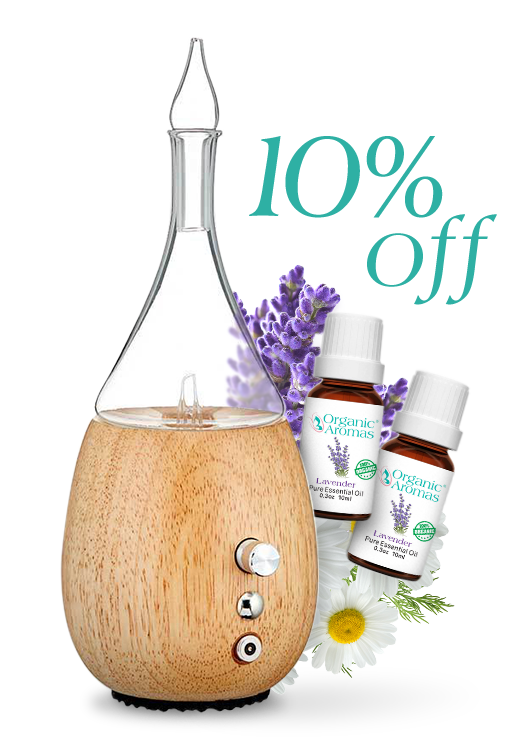
Join Now and Get a Coupon for 10% Off!
Chamomile Essential Oil
Chamomile essential oil is another great option for treating minor burns, including sunburns. It helps in wound healing, moisturizes the skin, and soothes minor burns effectively. Chamomile oil is rich in emollient properties, which nourish and soothe the skin, making it a perfect choice for burn care.
One effective method of using chamomile essential oil for burns is through a cold compress. This involves using cooled tea or properly diluted essential oil to provide relief and promote healing. Incorporating chamomile oil into your burn care routine can enhance skin healing and reduce discomfort significantly.
Peppermint Essential Oil
Peppermint essential oil is well-known for its cooling sensation and pain relief, making it a popular choice for treating burns. The menthol component in peppermint oil helps to numb pain, providing immediate relief when applied topically. Additionally, peppermint oil’s anti-inflammatory properties make it effective in reducing inflammation associated with minor burns.
Peppermint essential oil promotes healing by relieving pain and reducing inflammation. Its cooling effect soothes the burn and lowers its temperature, aiding the healing process.
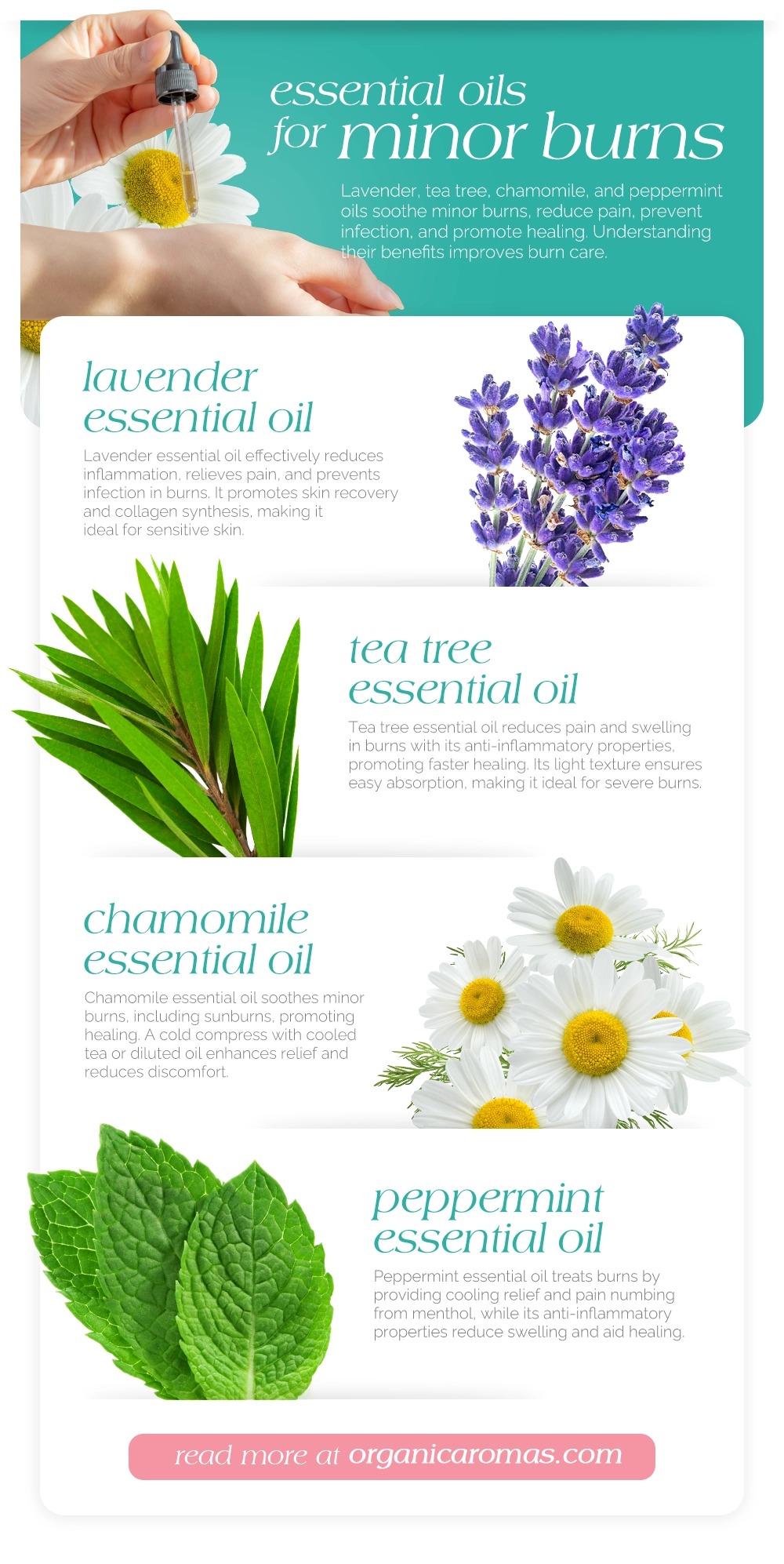
Science Behind Essential Oils for Burn Care
Burns are not only painful but also prone to infection, which can severely hamper healing. Fortunately, nature offers a powerful arsenal of essential oils that can help combat infections, reduce inflammation, and promote faster recovery. Let’s explore some of the most effective oils in burn treatment.
Tea Tree Oil: The Infection Fighter
Tea tree oil has long been known for its impressive antibacterial properties. In a case study involving two children with severe burns, one child received standard care, while the other’s treatment was supplemented with tea tree oil. Remarkably, the child treated with the essential oil experienced fewer infections and a shorter hospital stay. This demonstrates tea tree oil’s potential to inhibit microbial growth and support faster wound healing1.
Cleistocalyx operculatus Oil: Rare but Effective
Although not commonly available, Cleistocalyx operculatus oil has demonstrated remarkable efficacy in burn treatment. In an animal study, this essential oil led to faster healing, better wound contraction, and the formation of healthy skin structures. Its power comes from two key compounds: eugenol and β-caryophyllene.
Eugenol is a natural compound with potent antimicrobial and anti-inflammatory properties. It can help reduce infections while soothing inflamed tissues, making it an ideal compound for burn care.
β-Caryophyllene is a powerful anti-inflammatory agent that aids in tissue repair, helping to regenerate damaged skin and reduce swelling.
Though Cleistocalyx operculatus oil isn’t widely available, you can still benefit from these healing compounds by using more accessible oils that contain eugenol and β-caryophyllene, such as clove oil and black pepper oil2
.
Juniperus oxycedrus (Juniper) Oil: Defense Against Resistant Bacteria
Burn wounds are particularly vulnerable to multi-drug-resistant bacteria, which makes juniper oil an excellent natural remedy. Rich in α-pinene, juniper oil has demonstrated strong antibacterial properties, proving effective against resistant pathogens like Staphylococcus aureus and Pseudomonas aeruginosa. This makes it a promising option for protecting burns from infections, especially in environments where bacteria are difficult to treat with conventional antibiotics3.
Lavender Oil: Soothing and Healing
Lavender oil has long been a go-to remedy for burns due to its calming and anti-inflammatory effects. But beyond its soothing scent, lavender’s antimicrobial properties can help prevent infection. A recent study that incorporated lavender oil into nanofibrous burn dressings found that it significantly reduced microbial infection while speeding up the healing process by controlling inflammation4.
How to Use Essential Oils for Burns
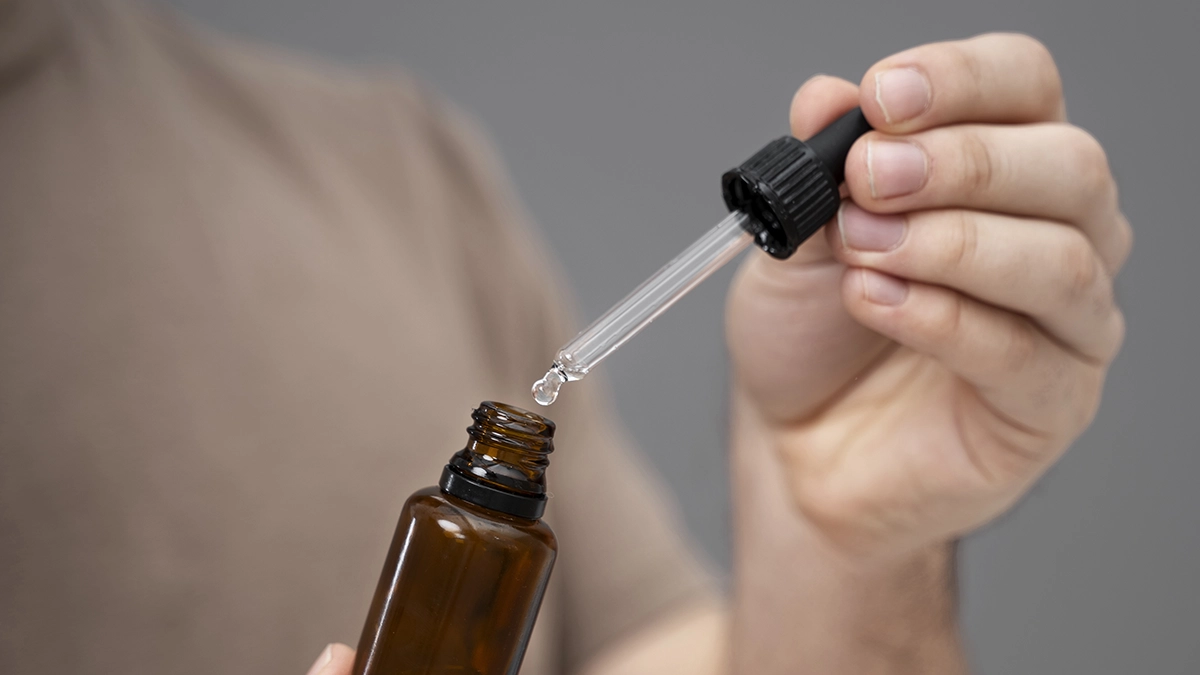
Using essential oils for burns requires proper knowledge of their application to ensure safety and effectiveness. It is important to dilute essential oils with a carrier oil, aloe vera gel, or lotion to prevent skin irritation. The recommended dilution is 5 drops of essential oil per ounce of product. Additionally, a cold compress made with essential oils can provide immediate relief for fresh burns.
Ensuring the purity and quality of essential oils constituents is vital to avoid adverse reactions. The following subsections detail proper dilution methods, various application techniques, and important safety precautions.
Dilution with Carrier Oils
Diluting essential oils with a carrier oil reduces the risk of skin irritation. Common carrier oils include coconut, olive, sweet almond, and St. John’s wort oils. Mixing essential oils like lavender or tea tree with a carrier oil prevents skin irritation and ensures safe application.
A typical dilution ratio is 5 drops of essential oil per ounce of carrier oil. Proper dilution ensures safe application to burns, allowing you to benefit from their healing properties without adverse reactions.
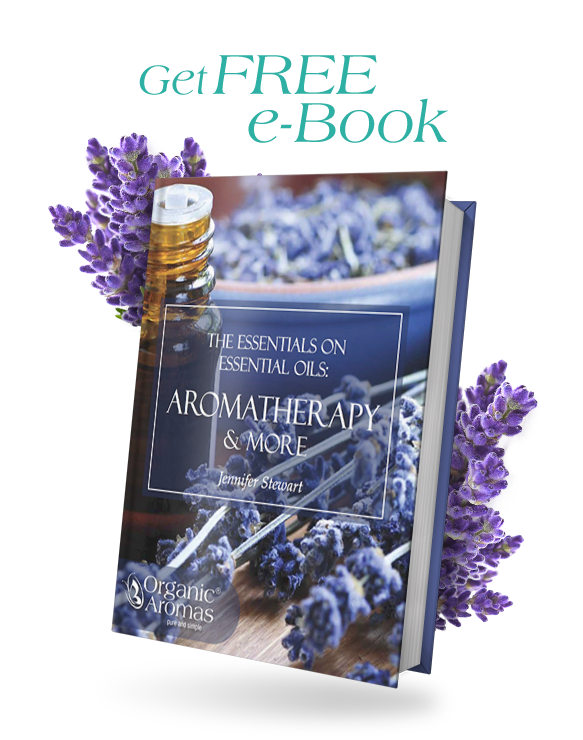
Sign Up to Get Your FREE
e-Book Here…
Application Techniques
Various methods exist to treat minor burns with essential oils, such as compresses or ointments. For recent burns, a simple compress can be made by combining 2-3 drops of essential oil with 1 cup of cool water and applying it to the affected area.
Compresses should be applied daily until the wound begins to heal. The choice of method depends on the need for an immediate remedy for fresh burns or addressing the healing process of older burns. Proper application techniques ensure that you get the most benefit from the essential oils.
Safety Precautions
Safety precautions are essential when using essential oils for burns. Always perform a patch test to ensure no adverse reaction occurs. Avoid applying pure, undiluted essential oils directly to burns as they can worsen the injury. Use a cool water compress immediately after a burn to alleviate pain and reduce swelling.
Essential oils can be used safely on burns if used correctly, taking care to avoid direct application of undiluted oil. This helps prevent infection and ensures that the burn heals properly. If necessary, seek medical attention to avoid complications from improper use of essential oils.
Essential Oil Blends for Burn Relief
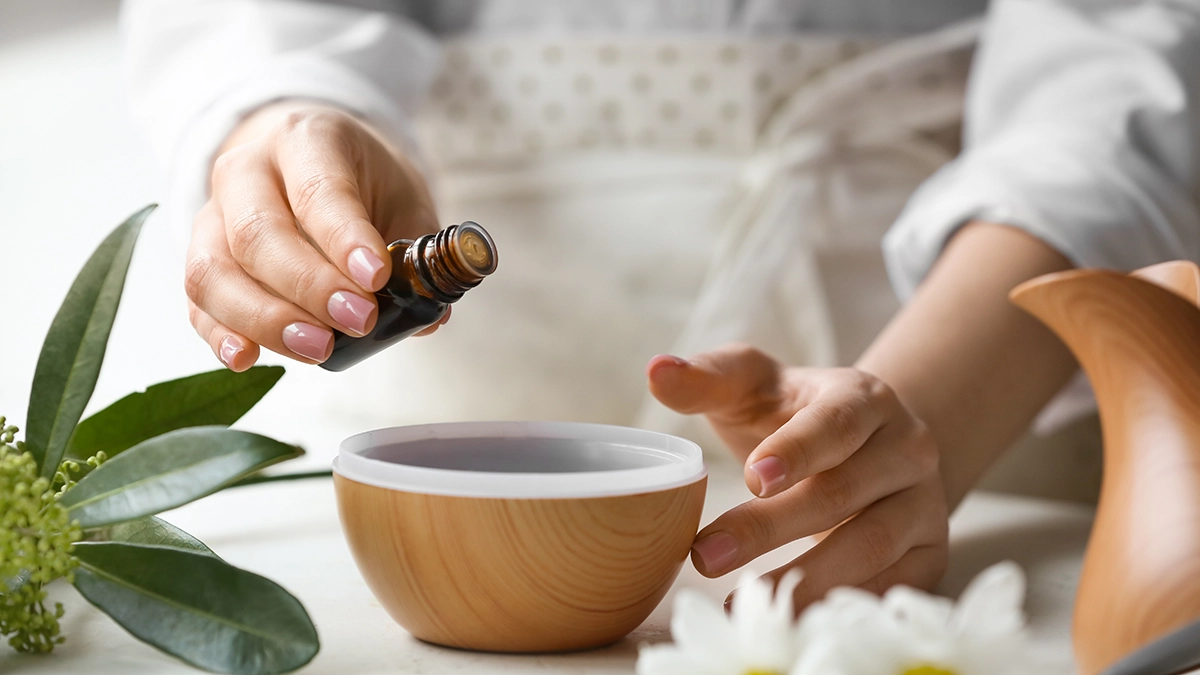
Combining essential oils can enhance their therapeutic effects, providing more effective pain relief and supporting the healing process. By creating specific blends, you can target different aspects of burn care, such as pain relief and healing.
In this section, we will explore two essential oil blends: one for pain relief and another for promoting healing and preventing infections. These blends combine the unique properties of different essential oils to create a powerful remedy for burns.
These blends provide the synergistic effects of multiple oils, ensuring a comprehensive approach to burn care.
Pain-Relief Blend
A mixture of chamomile, lavender, and peppermint oils is effective in managing pain associated with burns. This blend combines the anti-inflammatory and analgesic properties of these oils, providing significant pain relief. Chamomile soothes the skin, lavender reduces inflammation, and peppermint offers a cooling sensation that numbs pain.
To create this pain-relieving essential oils blend, follow these steps:
- Mix 2 drops each of chamomile, lavender, and peppermint essential oils.
- Combine the essential oils with a carrier oil, such as coconut oil or aloe vera gel.
- Apply this blend to the affected area for immediate pain relief and to soothe inflammation.
Healing Blend
A blend of tea tree, lavender, and eucalyptus essential oils can effectively promote healing and help prevent infections in burn wounds. This combination enhances healing by reducing the risk of infection and supporting skin regeneration. Lavender oil promotes collagen synthesis, facilitating new skin growth, while tea tree and eucalyptus oils provide antimicrobial benefits.
To create this healing blend, mix 2 drops each of tea tree, lavender, and eucalyptus oils with a carrier oil. Apply this blend to the burn wound to promote healing and prevent infections.
Additional Natural Remedies for Burns
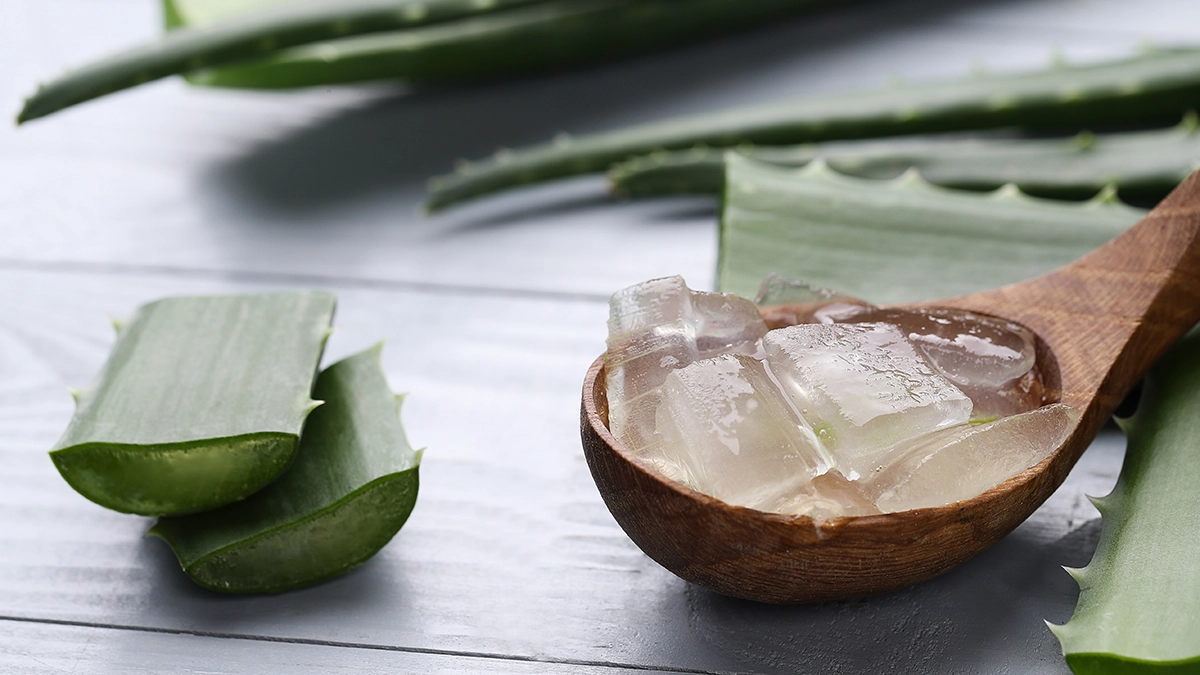
In addition to essential oils, several natural remedies can enhance the treatment of burns. These remedies can be used alongside essential oils to provide comprehensive care. Aloe vera gel, honey, and cool water compresses are some of the most effective natural remedies for burns. Each of these remedies offers unique benefits that complement the healing properties of essential oils.
By incorporating these natural remedies into your burn care routine, you can boost the healing process and reduce discomfort. Let’s explore how these remedies can be used effectively.
Aloe Vera Gel
Aloe vera gel is renowned for its soothing and healing properties, making it an excellent addition to burn care. It helps to cool the skin, reduce inflammation, and promote skin healing. When used alongside essential oils, aloe vera gel can enhance their effects and provide additional relief.
To use aloe vera gel for burns, apply it directly to the affected area along with a diluted essential oil blend. This combination can soothe irritated skin and aid in the healing process, making it a valuable natural remedy for burns.
Honey
Honey is another powerful natural remedy for burns due to its strong antimicrobial properties. It helps prevent infections by inhibiting microbial growth in burn wounds. Moreover, honey provides moisture and essential nutrients that promote skin healing and improve recovery outcomes.
To use honey for burns, apply a thin layer to the affected area and cover it with a sterile bandage. This method keeps the wound clean and moist, enhancing the healing process. Incorporating honey into your burn treatment can provide significant benefits and complement the use of essential oils.
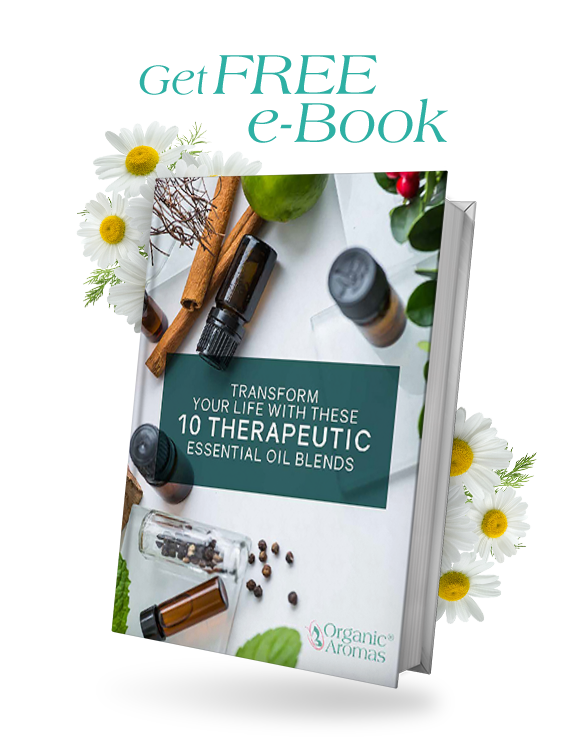
Sign Up to Get Your FREE Essential Oils e-Book Here
Cool Water Compress
A cool water compress is a critical first step in the treatment of burns, helping to alleviate pain and discomfort immediately after the injury occurs. Applying cool water lowers the temperature of the burn area, reducing inflammation and providing a soothing effect. It is essential to use a cool water compress before applying essential oils for optimal relief and healing.
To create a cool water compress, soak a clean cloth in cool water and apply it to the affected area. Leave the compress on for 10-15 minutes to reduce pain and swelling. This simple yet effective remedy can significantly enhance the overall treatment of burns.
When to Seek Medical Attention
While essential oils and natural remedies are effective for treating minor burns, it is crucial to recognize when professional medical treatment is necessary.
Burns are classified into three degrees:
- First-degree burns affect only the outer layer of the skin.
- Second-degree burns impact both the outer and underlying layers.
- Third-degree burns destroy deeper tissues.
Severe burns, including second-degree burns with blistering and third-degree burns, require immediate medical attention.
If a burn shows signs of worsening, such as increased pain, redness, swelling, or infection, it is advisable to seek medical attention. Essential oils should not be used as a substitute for professional medical treatment in severe cases. Always prioritize safety and consult a healthcare professional for serious burn injuries.
Post-burn Holistic Mental and Physical Recovery
Recovering from a burn involves more than just physical healing; it also requires mental and emotional care. Ensuring adequate sleep, staying hydrated, and avoiding infection are crucial for overall recovery. Additionally, creating a soothing environment can elevate the mood and enhance the immune system, promoting burn healing.
Using a nebulizing diffuser can be particularly beneficial in this process. Organic Aromas’ nebulizing diffusers, equipped with Bluetooth technology, allow for the convenient application of therapeutic aromas, providing a robustly aromatic environment that supports mental and physical recovery.
This holistic approach can significantly improve the healing process and overall well-being.
Ultimate Final Tips on Essential Oils for Burns: Natural Remedies and Safety Tips
In conclusion, essential oils provide a natural and effective way to treat minor burns, offering pain relief, reducing inflammation, and promoting healing. Lavender, tea tree, chamomile, and peppermint oils are among the best essential oils for burns, each offering unique benefits. Proper usage, including dilution with carrier oils and safe application techniques, is crucial to avoid adverse reactions and maximize the healing effects.
Additional natural remedies, such as aloe vera gel, honey, and cool water compresses, can complement the use of essential oils, providing comprehensive burn care. Recognizing when to seek medical attention and adopting a holistic approach to recovery are also essential for effective burn management. By incorporating these practices, you can enhance the healing process and achieve optimal burn care.

Join Our Exclusive Member Club to get Big Discounts!
Frequently Asked Questions
Can essential oils be used for all types of burns?
Essential oils are effective for minor burns but should not be used as a substitute for professional medical treatment in cases of severe burns.
How should essential oils be diluted for burn treatment?
Essential oils should be diluted with a carrier oil, such as coconut or olive oil, to effectively treat burns and prevent skin irritation. Always ensure proper dilution before application for safety.
What is a good essential oil blend for pain relief from burns?
A blend of chamomile, lavender, and peppermint essential oils can be somewhat effective for pain relief from burns. This combination offers soothing and calming properties to ease discomfort.
When should I seek medical attention for a burn?
You should seek medical attention for severe burns, second-degree burns that have blistering, or if a minor burn begins to worsen. It is important to ensure proper treatment to avoid complications.
What are some additional natural remedies for treating burns?
Effective natural remedies for treating burns include aloe vera gel, honey, and cool water compresses. These options can help soothe the skin and promote healing.
- Jopke, K., Sanders, H., & White-Traut, R., 2017. Use of Essential Oils Following Traumatic Burn Injury: A Case Study. Journal of Pediatric Nursing, 34, pp. 72–77.
- Tran, G., Le, N., & Dam, S., 2018. Potential Use of Essential Oil Isolated from Cleistocalyx operculatus Leaves as a Topical Dermatological Agent for Treatment of Burn Wound. Dermatology Research and Practice, 2018.
- Fatiha, B., Fatouma, B., Fella, H., & Fairouz, S., 2022. Antibacterial Activity of Essential Oil from Ripe Berries of Juniperus oxycedrus L. Against Multi-drug Resistant Pathogens Responsible for Skin Infections in Burn Patients. Journal of Essential Oil Bearing Plants, 25, pp. 305 – 314
- Hajiali, H., Summa, M., Russo, D., Armirotti, A., Brunetti, V., Bertorelli, R., Athanassiou, A., & Mele, E., 2016. Alginate-lavender nanofibers with antibacterial and anti-inflammatory activity to effectively promote burn healing.. Journal of materials chemistry. B, 4 9, pp. 1686-1695

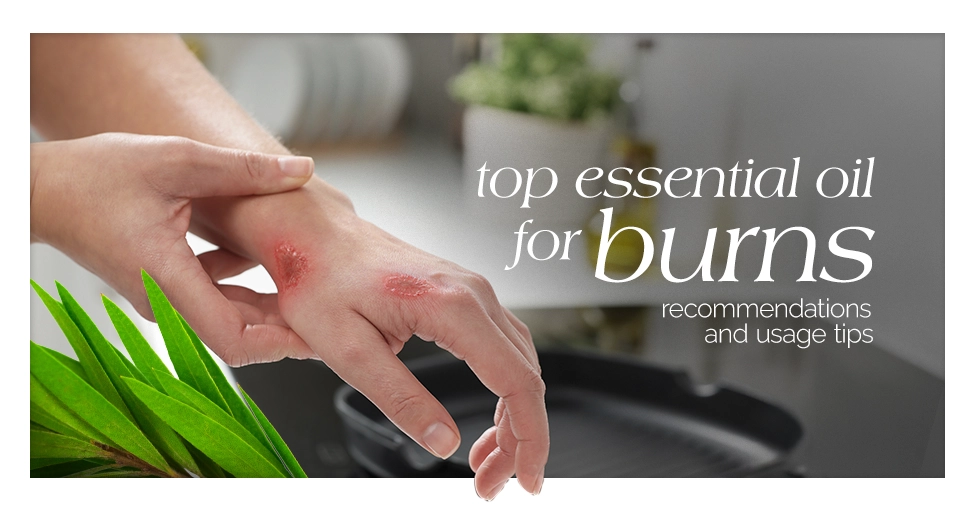

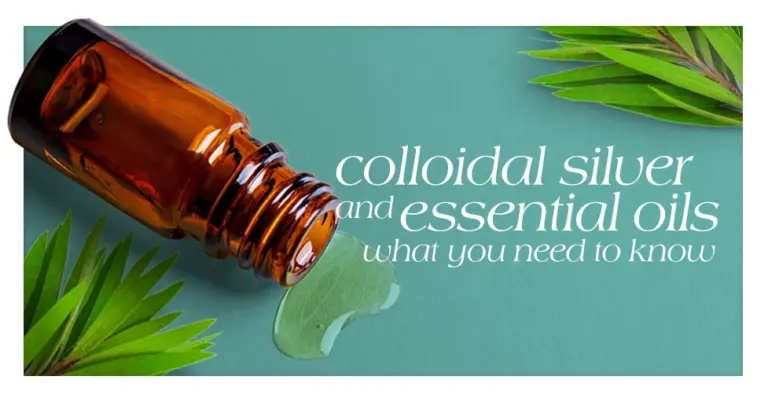




I always thought you should never put oil on a burn.